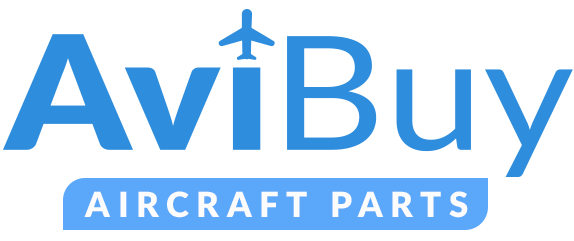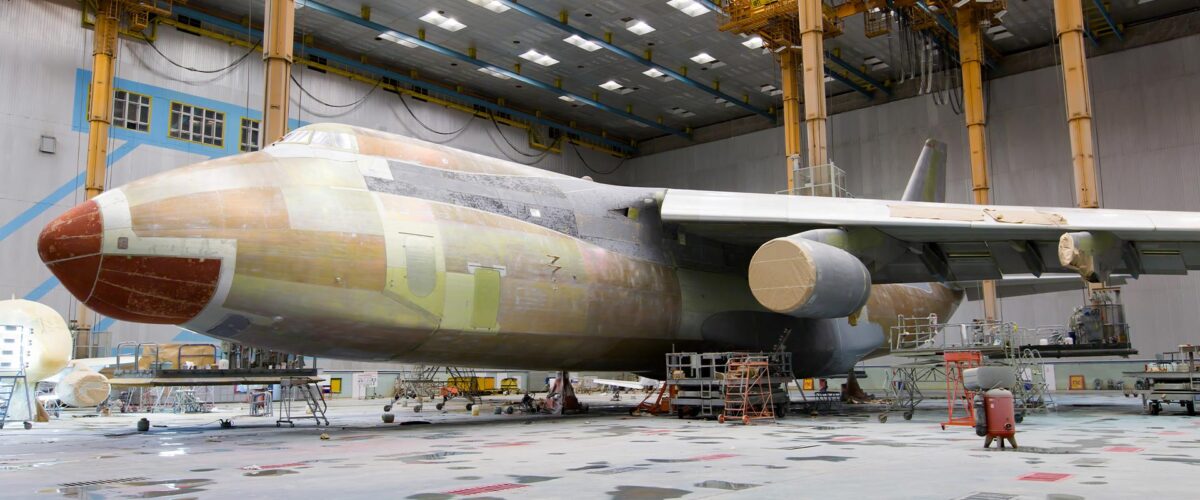MROs and Original Repair Manufacturers are expecting a surge in demand for special mission aircraft. The need for updated airframes and equipment is driving this market. With constantly changing technology and older aircraft becoming obsolete, there is a lack of suitable aircraft for special missions. The growing need for special mission aircraft has been fuelled by the current geopolitical situation, as well as the COVID-19 pandemic. Disaster relief missions and medical evacuations have also become increasingly important, leading to more requests for aeromedical aircraft installations. MRO companies are therefore seeing an increased demand to modify business aircraft for special missions.
Airframes Modified for Special Missions
Business aircraft airframes are frequently used for special mission aircraft worldwide. Special missions include military, medical transport, fire service, disaster relief, and medevac air rescue. Many of the business aircraft converted are turboprops. This equates to the largest category of special mission aircraft being used for military purposes. Business jets are however the primary airframe for medical transport.
The most common business jets to be modified for air medevac are the light to mid-sized jets known for their reliability, including Learjets, Platus, and Hawker. The Challenger, Global, and Gulfstream are often modified for Intelligence, Surveillance, and Reconnaissance (ISR). These business jets have the advantage of longer range, higher altitude capabilities, and speed.
King Air turboprops with their high payload capabilities are however sought-after airframes for both air medevac and ISR modifications. Currently, an increasing number of King Air 350 turboprops are being converted into Intelligence, Surveillance, and Reconnaissance aircraft.
Embraer is another business aircraft that has seen increased interest in the special missions market. It is readily used for ISR platforms. Embraer has also recently developed a medevac modification specifically for its Phenom 300 light business jet. One key advantage this conversion offers is that the medevac cabin can be quickly and easily converted back to a standard passenger layout – all in just four hours. Additionally, this can be done in-house by the operator. The Phenom 300MED retrofit was announced in June 2021. After the conversion work, the Phenom 300MED is expected to be ready for delivery in November 2022.
Embraer has also been used for other special mission retrofits. A Phenom 100 was recently converted into a multi-engine pilot trainer. A Praetor 600 airframe was modified for airborne early warning and control missions, and another Praetor 600 airframe was provided to a third party to be configured as a flight inspection aircraft.
Modifications Undertaking for Special Mission Aircraft
MRO work on special mission platforms often involves refurbishing used aircraft. This includes completing a strip-down of the interior, exterior, and avionics. The used aircraft are then reconfigured with new equipment as required for the specific mission. However, it can also mean outfitting newly built models designed specifically for serving a special mission.
The majority of the work will be changing and upgrading the equipment on board. In particular connectivity upgrades, as this technology is rapidly improving. Newer, more reliable connectivity enables aircraft to undertake a wider variety of tasks, such as mapping surveys, with the data delivered in real time to those on the ground. This capability is especially useful because it provides relevant information that can be immediately analysed. Modifications for the special mission market can also include connectivity upgrades to smaller business aircraft that are to be used for broadcasting events. For example, special mission aircraft can broadcast marathon and cycle races live from the aircraft, as opposed to having to relay back to a ground base.
As technology improves, the supporting systems and devices are also becoming smaller and lighter. This allows modifications such as sensors to be integrated into smaller airframes, such as business aircraft. Modifying business aircraft for special missions is therefore becoming a more cost-effective option.
Positive Effect on MRO Businesses
The increased demand for special mission modifications is having a positive effect on MRO businesses as they are able to generate more work from a wider customer base. Some MRO businesses could see special mission modifications being a substantial proportion of their modification work within the next couple of years.
There are many MRO businesses that undertake special mission modifications. It can be a good way to diversify and extend the range of services they can offer. It also provides opportunities for MRO businesses to upskill their staff and add new capabilities. This will help MROs to better support their customers in general.
The additional work is also having a beneficial domino effect on the stability of the MRO industry as a whole. Along with more opportunities, this may encourage more potential workers to enter the field, which in turn may help alleviate the MRO workforce shortages.
This drive for business aircraft special missions modifications is also increasing the parts and materials supply market for the sought-after models.
In Summary
MROs are seeing a strong special missions market for business aircraft modifications. With the ever-changing technology driving the need for updated special mission aircraft, this market is expected to increase. There are many benefits for the MRO industry, especially at this time when there is a need to consider business diversification.
Many business aircraft airframes are used for conversions. If you’re looking for a reputable supplier or buyer of quality aircraft parts, AviBuy stocks parts for many of the business aircraft mentioned above. AviBuy also offers repair and overhaul services for aircraft parts. AviBuy is your one-stop shop for all your aircraft needs and all stock is available now and ready to ship.

